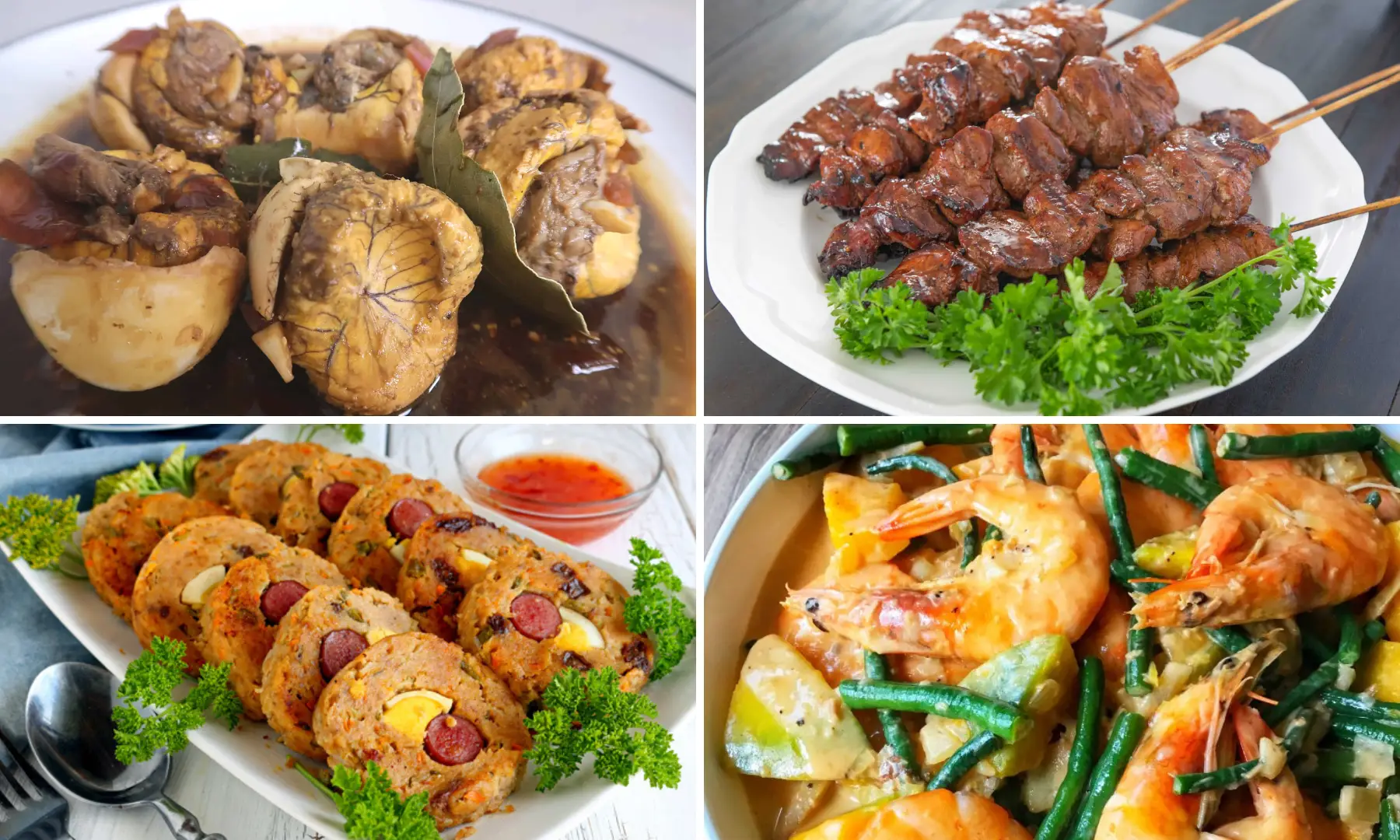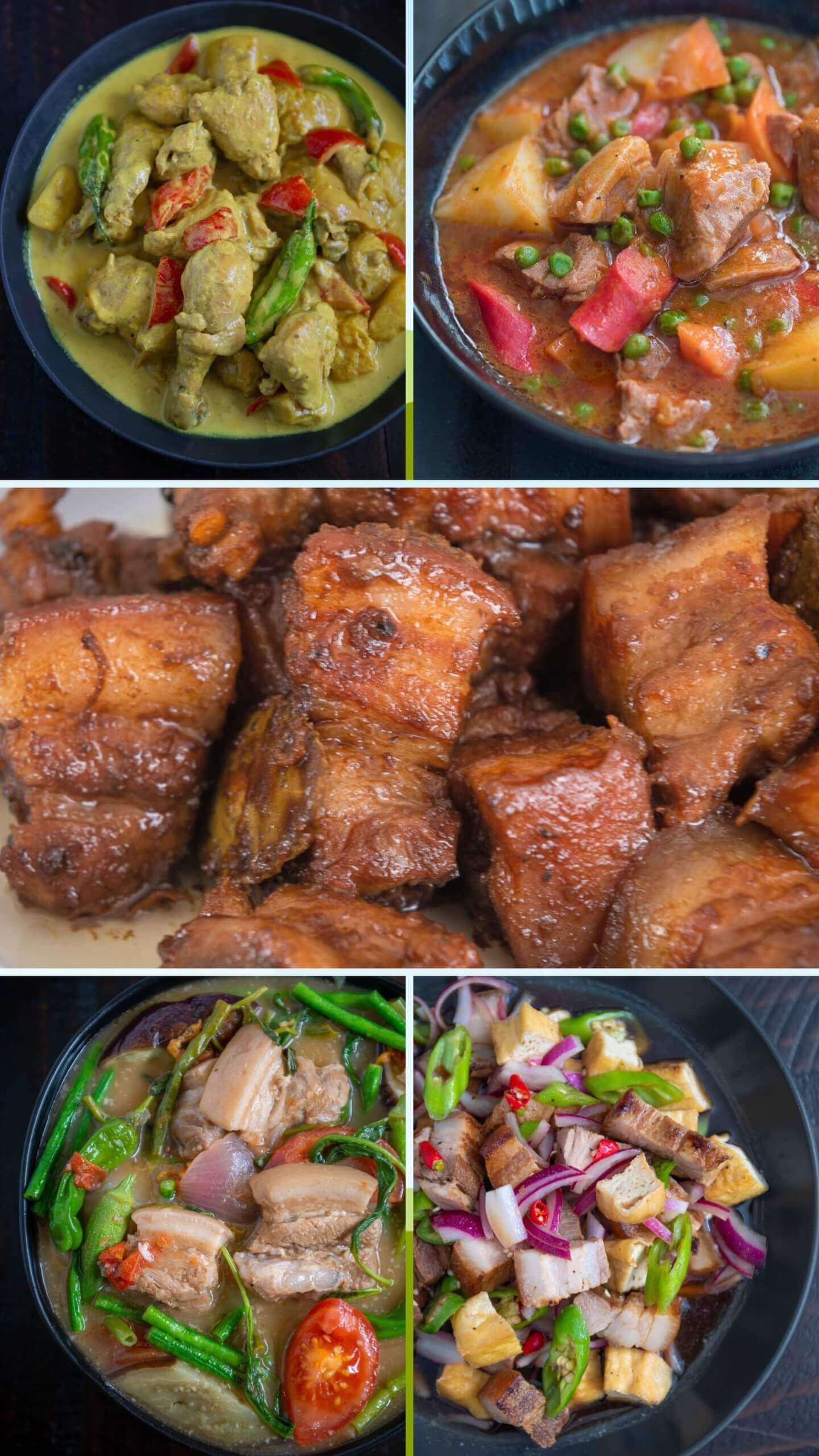Appreciate Traditional Filipino Flavors With Easy-To-Follow Recipes
Exploring standard Filipino cuisine supplies an unique opportunity to involve with a rich tapestry of flavors and social narratives. As we explore these cooking practices, one may question exactly how to best bring the heat of Filipino friendliness to their very own eating table.

Introduction of Filipino Food
Exploring the dynamic tapestry of Filipino cuisine discloses an abundant social heritage influenced by different historical and geographical factors. The Philippines, an island chain of over 7,000 islands, boasts a diverse selection of flavors and food preparation methods. The country's cooking landscape is formed by aboriginal customs and the influences of emigration, trade, and migration. Consequently, Filipino food is an unique blend of Malay, Spanish, Chinese, and American aspects.
Rice functions as the foundation of Filipino meals, frequently come with by a variety of vegetables, meats, and seafood. Using strong tastes is a hallmark of the cuisine, with active ingredients such as garlic, onions, ginger, and soy sauce playing critical roles. Additionally, the focus on public eating shows the Filipino society of hospitality and family ties.
Road food also plays a substantial function in the cooking scene, showcasing neighborhood active ingredients and imaginative cooking approaches. As the Philippines remains to accept globalization, the blend of traditional and modern-day impacts can be seen in modern Filipino recipes, better enhancing its cooking identification. Filipino food recipes. On the whole, Filipino food is a testament to the nation's background, culture, and vibrant spirit
Must-Try Conventional Meals
Filipino food is best experienced through its conventional recipes, each using an unique insight right into the nation's varied cooking heritage. Amongst the must-try recipes is Adobo, a savory stew usually made with chicken or pork, marinaded in vinegar, soy sauce, and garlic before being slow-cooked to excellence. Its rich and tangy flavor profile represents the heart of Filipino convenience food.
An additional famous meal is Sinigang, a sour soup typically prepared with tamarind, tomatoes, and numerous veggies. This dish can include pork, shrimp, or fish, and is valued for its rejuvenating preference and warming qualities.
Lechon, a whole roasted pig, is a centerpiece at Filipino celebrations, understood for its crispy skin and tender meat. It personifies the cheery spirit of Filipino gatherings.
For those food craving something wonderful, Halo-Halo is a delightful dessert combining crushed ice, sweetened fruits, jellies, and topped with leche flan and purple yam.
Each of these conventional meals encapsulates the significance of Filipino society, welcoming anybody to enjoy the dynamic tastes and rich history that define the archipelago's cooking landscape.
Step-by-Step Recipes
Cooking authentic Filipino meals in your home can be an improving experience that brings the vivid flavors of the Philippines into your kitchen area. With a myriad of typical meals to select from, using detailed dishes enables both newbie and experienced cooks to master the methods our website and tastes essential to Filipino food.
Begin by choosing a meal that intrigues you, such as adobo, sinigang, or lumpia. Each recipe commonly includes an in-depth component checklist followed by clear guidelines, directing you via the cooking process. Beginning with prep work, which might entail marinating healthy proteins, chopping veggies, or determining flavors. This fundamental step guarantees a smooth food preparation experience.
As you proceed, pay close interest to food preparation methods unique to Filipino food, such as sautéing (ginisa) or stewing (nilaga) These techniques can significantly enhance the depth of flavor in your dishes. Furthermore, timing is important; adhere to the recommended cooking times to achieve the ideal structure and preference.
Vital Active Ingredients and Tips
Often, the secret to mastering Filipino food exists in understanding and using important components that specify its unique flavors. Central to many dishes are staples like soy sauce, vinegar, garlic, and ginger, which add to the one-of-a-kind equilibrium of tasty, sour, and wonderful notes. Soy sauce works as a base for sauces and sauces, while vinegar, specifically walking stick vinegar or coconut vinegar, presents a tangy my blog brightness that is crucial in dishes like adobo.
Rice is an important element of Filipino dishes, usually offered along with primary training courses to absorb tasty sauces. For a touch of authenticity, go with jasmine or long-grain rice. Furthermore, utilizing fresh produce such as tomatoes, green beans, and eggplants enhances the meal's vibrancy and nutritional worth.
Do not forget the significance of natural herbs and seasonings, such as bay leaves, lemongrass, and chili peppers, which boost the flavor account. When food preparation, bear in mind that patience is crucial-- permitting components to blend with each other leads to richer tastes. Accept the practice of sampling as you go; this will enable you to readjust flavorings and achieve the perfect equilibrium that identifies Filipino cuisine.
Offering and Appreciating Filipino Dishes
Understanding the subtleties of Filipino food extends beyond prep work and active ingredients; it encompasses the way dishes are served and appreciated. The Filipino dining experience is characterized by public sharing, promoting a sense of togetherness and celebration. Generally, dishes exist in huge servings, allowing diners to participate in a selection of flavors.
Rice, a staple in Filipino dishes, is typically served as the foundation upon which the various other recipes rest. Coming with viands, such as adobo, sinigang, or lechon, are positioned in the center of the table, welcoming guests to serve themselves. Filipino food recipes. This practice not only promotes a loosened up environment but also urges conversations and connections among diners

Final Thought
In final thought, standard Filipino cuisine provides a rich tapestry of tastes and cultural importance, inviting expedition via its varied dishes. Engaging with this vivid food not just enriches the eating experience yet also preserves and commemorates the heritage of the Filipino people.